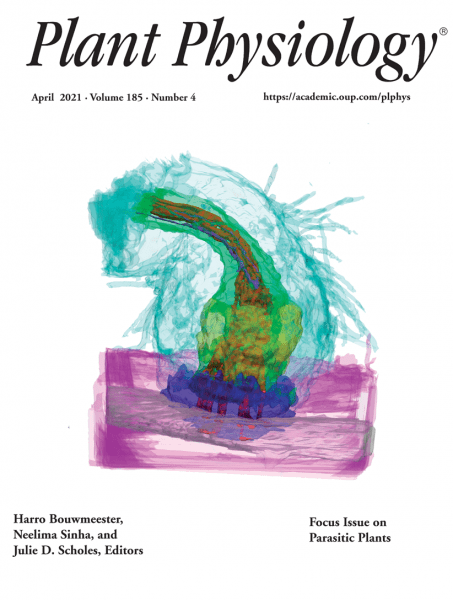Parasitic plants connect to the vasculature of a host plant and take part or all of the water, nutrients, and assimilates they need to complete their life cycle. Parasitic plants represent a unique model for the evolution of intra-kingdom parasitism with intriguing research questions such as how plants were able to evolve the ability to parasitize other plants. This parasitic lifestyle required the evolution of host detection, host attachment, host exploitation, and host defense suppression strategies. The elucidation of these strategies and the underlying mechanisms has been greatly facilitated by the advent of model species, molecular and genomic tools, and omics approaches such as transcriptomics and comparative genomics and this has launched parasitic plant research into the 21st century. The scientific data generated are helping us to gradually unravel how parasitism in plants has evolved. However, parasitic plants are not just an interesting basic research model. Due to their parasitic lifestyle, many parasitic plant species represent important agricultural weeds, such as the witchweeds, broomrapes, dodders, and mistletoes. Fundamental knowledge of the mechanisms underlying parasitism will also contribute to new approaches to create resistance in crops and develop new control measures for this important agricultural problem.
The Plant Physiology Focus Issue on Parasitic Plants addresses some of the most important advances and new landmarks in the field of parasitic plant research. In addition to commissioned updates by experts in their respective topics, several research articles highlight recent accomplishments in these areas.
Plant Physiology, Volume 185, Issue 4, April 2021, https://academic.oup.com/plphys/issue/185/4
